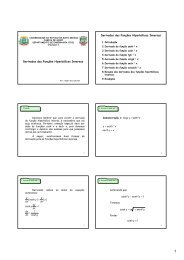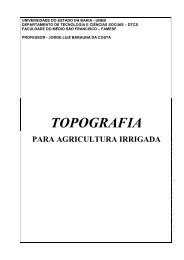Anuário Brasileiro do Arroz 2011 - Unemat
Anuário Brasileiro do Arroz 2011 - Unemat
Anuário Brasileiro do Arroz 2011 - Unemat
You also want an ePaper? Increase the reach of your titles
YUMPU automatically turns print PDFs into web optimized ePapers that Google loves.
Sílvio Ávila<br />
16<br />
Among the internationally circulating<br />
food items, rice is the most consumed<br />
commodity outside the escalating<br />
global prices trend, a fact that<br />
generated a warning sign from the<br />
Food and Agriculture Organization of<br />
the United Nations (FAO) pointing to<br />
soaring numbers of hunger-afflicted<br />
people around the planet. What accounts<br />
for this fact is the bigger global<br />
rice crop in 2010, a trend that seems<br />
to hold throughout <strong>2011</strong>, making sure<br />
there is enough rice available. World<br />
stocks also went up.<br />
A FAO report that circulated in<br />
March registers a 2.5-percent increase<br />
in the production of rice in 2010, up<br />
2.5% from 2009, notwithstanding the<br />
unfavorable weather conditions in<br />
Out of reach<br />
some Asian countries. “It is estimated<br />
that global rice production exceeded<br />
700 million tons – equivalent to 467.3<br />
million tons of white rice – compared<br />
to 683 million tons of the cereal<br />
in the husk, in 2009”, says Patricio<br />
Méndez del Villar, rice market analyst<br />
with the Center for International<br />
Cooperation in Agronomic Research<br />
for Development – CIRAD, in France.<br />
According to him, thanks to bigger<br />
planted areas, which totaled 162 million<br />
hectares in 2010, harvests turn<br />
out excellent. Pakistan was the exception<br />
and lost one third of the crop to<br />
serious flooding conditions. Even so,<br />
surpluses were shipped to Thailand,<br />
Vietnam, Laos, the United States and<br />
to some Mercosur countries, with the<br />
global market maintaining its stability<br />
on the supply side.<br />
International rice trading soared in<br />
2010, with a market expansion of 6%,<br />
or 1.3 million tons. Of all rice harvested<br />
around the world, only 6.7%<br />
was traded between countries. About<br />
90% of the cereal is produced and<br />
consumed in Asian countries. Brazil<br />
ranked again among the 10 biggest<br />
exporters in 2010 and as a major<br />
importer, too. The countries that import<br />
rice are as follows: Sub-Saharan<br />
Africa, Bangladesh, Philippines,<br />
China, Mexico and East Asian countries,<br />
Central and Andean America,<br />
Caribbean and Europe.<br />
In 2010, 31.5 million tons of processed<br />
rice were traded in the global



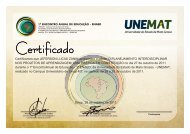
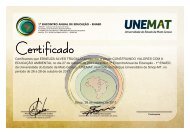
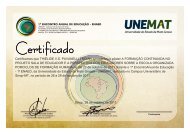
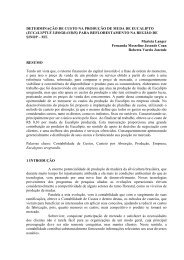
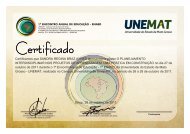
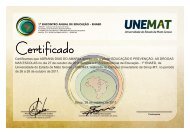
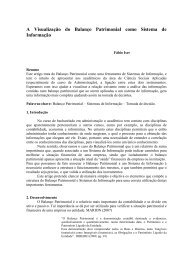
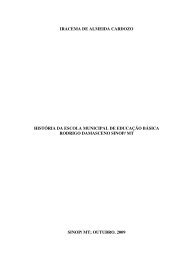

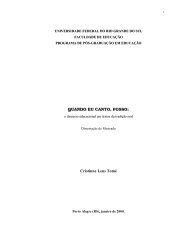
![Aula 31 - Funções Hiperbólicas [Modo de Compatibilidade] - Unemat](https://img.yumpu.com/14334654/1/184x260/aula-31-funcoes-hiperbolicas-modo-de-compatibilidade-unemat.jpg?quality=85)

![Aula 31 - Funções Hiperbólicas [Modo de Compatibilidade] - Unemat](https://img.yumpu.com/14332146/1/190x135/aula-31-funcoes-hiperbolicas-modo-de-compatibilidade-unemat.jpg?quality=85)
